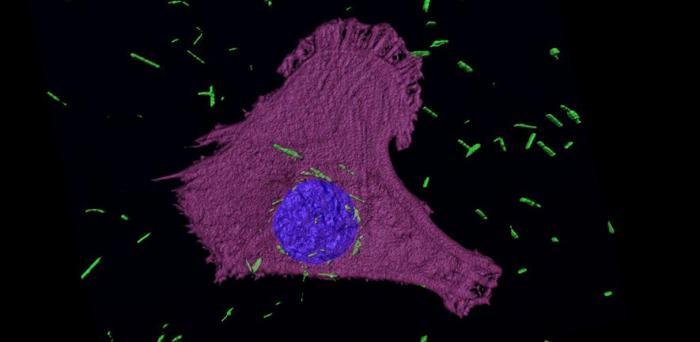In a study published today in journal Small, the researchers demonstrate that once inside the cancer cells, the nanotubes absorb light, causing them to heat up, thereby killing the cells.
More than 2,600 people are diagnosed in the UK each year with mesothelioma, a malignant form of cancer caused by exposure to asbestos. Although the use of asbestos is outlawed in the UK now, the country has the world’s highest levels of mesothelioma because it imported vast amounts of asbestos in the post-war years. The global usage of asbestos remains high, particularly in low- and middle-income countries, which means mesothelioma will become a global problem.
“Mesothelioma is one of the ‘hard-to-treat’ cancers, and the best we can offer people with existing treatments is a few months of extra survival,” said Dr Arsalan Azad from the Cambridge Institute for Medical Research at the University of Cambridge. “There’s an important unmet need for new, effective treatments.”
In 2018, the University of Cambridge was awarded £10million from the Engineering and Physical Sciences Research Council to help develop engineering solutions, including nanotech, to find ways to address hard-to-treat cancers.
In a collaboration between the University of Cambridge and University of Leeds, researchers have developed a form of gold nanotubes whose physical properties are ‘tunable’ – in other words, the team can tailor the wall thickness, microstructure, composition, and ability to absorb particular wavelengths of light.
The researchers added the nanotubes to mesothelioma cells cultured in the lab and found that they were absorbed by the cells, residing close to the nucleus, where the cell’s DNA lies. When the team targeted the cells with a laser, the nanotubes absorbed the light and heated up, killing the mesothelioma cell.
Image: Confocal fluorescence image of gold nanotures (green) in mesothelioma cells
Credit: Arsalan Azad
Reproduced courtesy of the University of Cambridge
